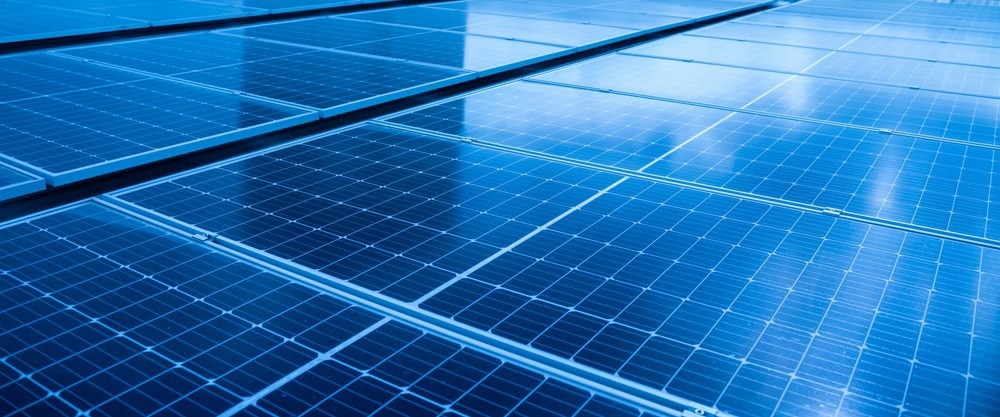Due to its advantages of excellent performance, cheap cost, and easy production of large-scale flexible devices, perovskite solar cells (PSCs) are promising in the photovoltaic industry.

Image Credit: Fit Ztudio/Shutterstock.com
Due to its excellent light transmittance and electron mobility, acceptable energy levels, strong stability under UV irradiation, and ability to be processed at low temperatures, tin dioxide (SnO2) is a frequently utilized electron transport material for n-i-p-type PSCs. The buried interface of perovskite/SnO2 is critical for good efficiency and stability. The non-exposed buried interface, on the other hand, is difficult to analyze and alter.
Dr. Xiaofei Ji of the Chinese Academy of Sciences and colleagues from the Southern University of Science and Technology and the City University of Hong Kong have reported a simple and effective strategy for precisely modulating the buried interface by including formamidine oxalate (FOA) in a colloidal SnO2-based electron-transporting layer.
On July 17th, 2023, the findings were published in Advanced Materials.
Both the oxalate and formamidinium (FA+) ions, which mostly accumulated at the SnO2/perovskite buried interface, were observed to have longitudinal gradient distributions in the SnO2 layer.
Higher Fermi levels in the modified SnO2 helped to align the energy levels of the perovskite and SnO2-FOA more effectively, prevent carrier accumulation at the interface and increase open-circuit voltage.
Additionally, the FOA could control the crystal development of higher perovskite films, allowing for the creation of perovskite films of improved quality with fewer grain boundaries and better interface connections.
Oxygen vacancies, tin interstitial defects, and FA+/Pb2+ related defects at the perovskite buried interface can all be suppressed by FA+ cations and oxalate anions simultaneously, which helps to accomplish target defect passivation.
Finally, the FOA-modified buried interface improved the stability of related devices under light, heat, and moisture environments, increasing the champion power conversion efficiency to 25.05%.
Journal Reference:
Ji, X., et al. (2023) Target Therapy for Buried Interface Enables Stable Perovskite Solar Cells with 25.05% Efficiency. Advanced Materials. doi:10.1002/adma.202303665